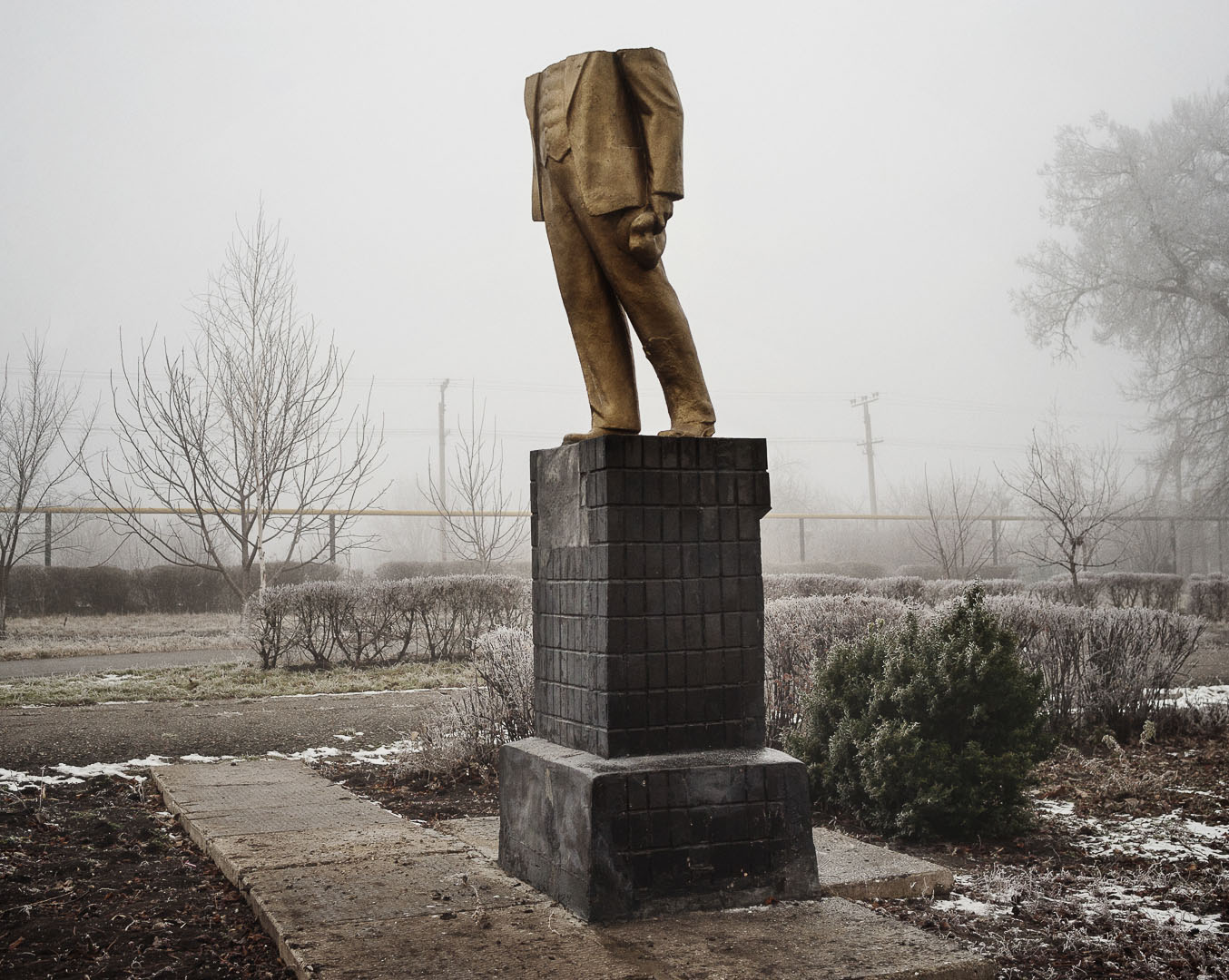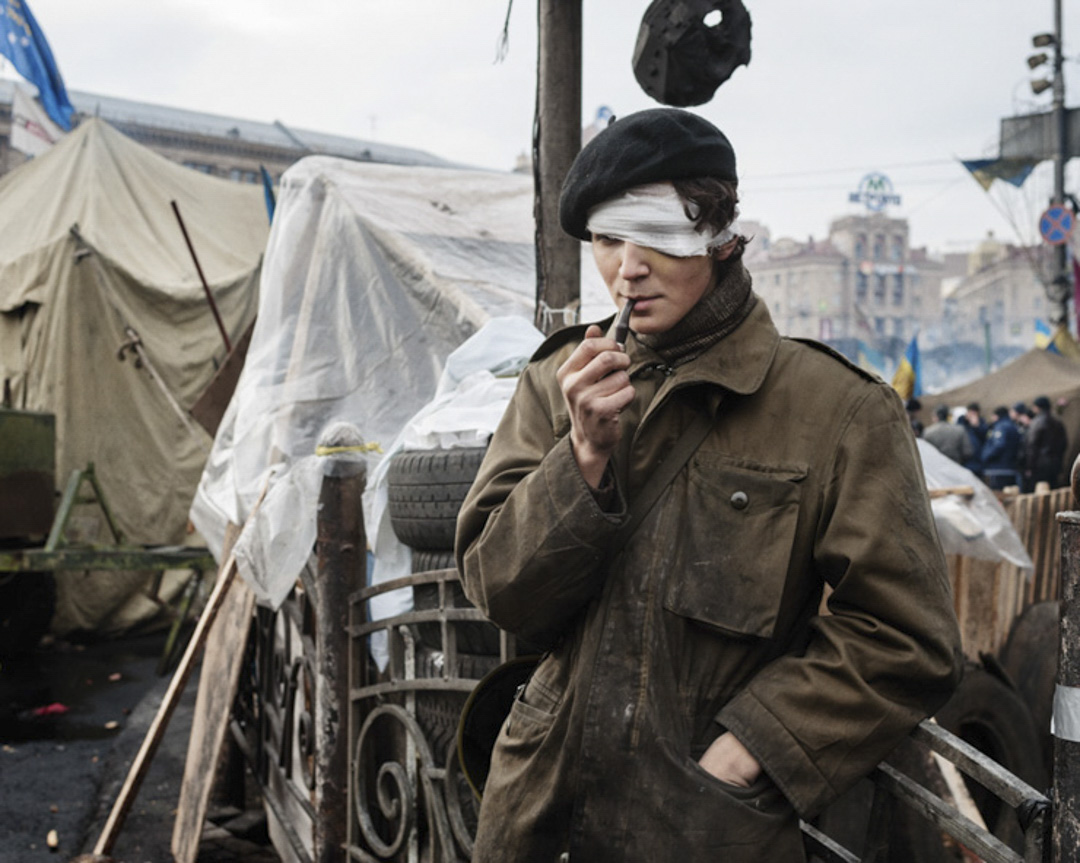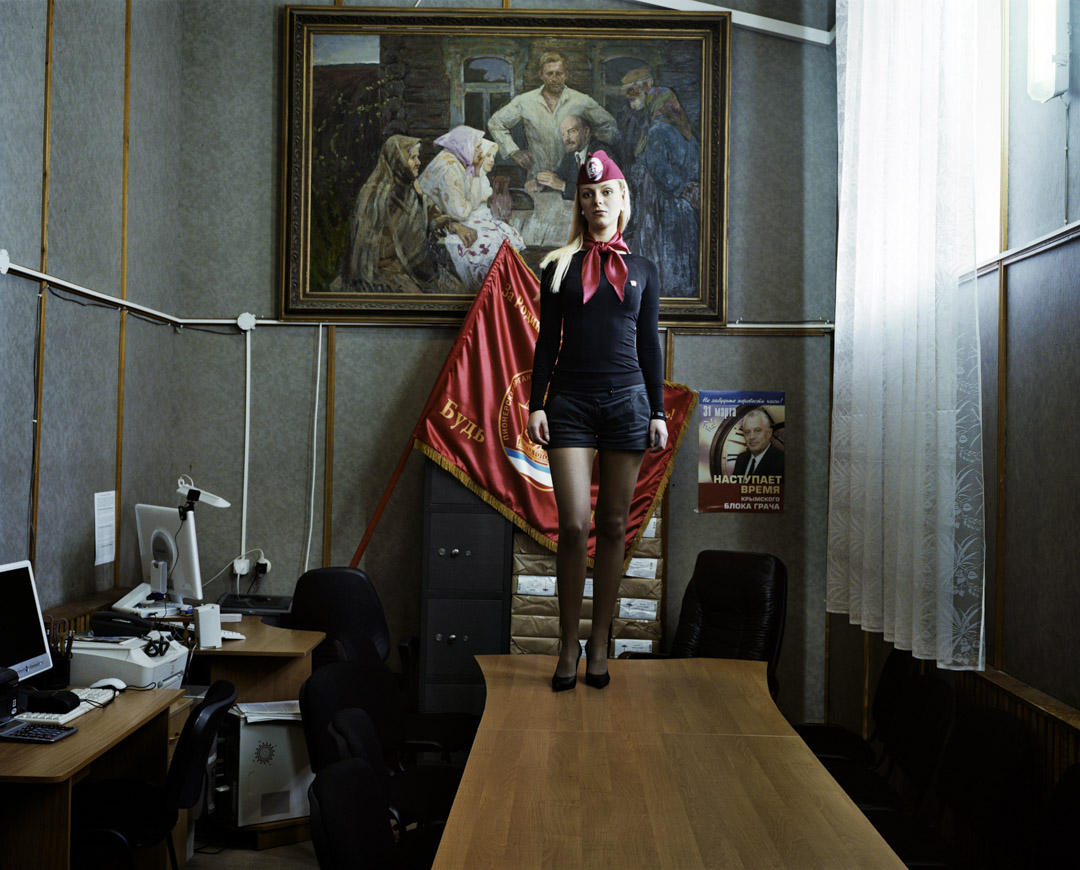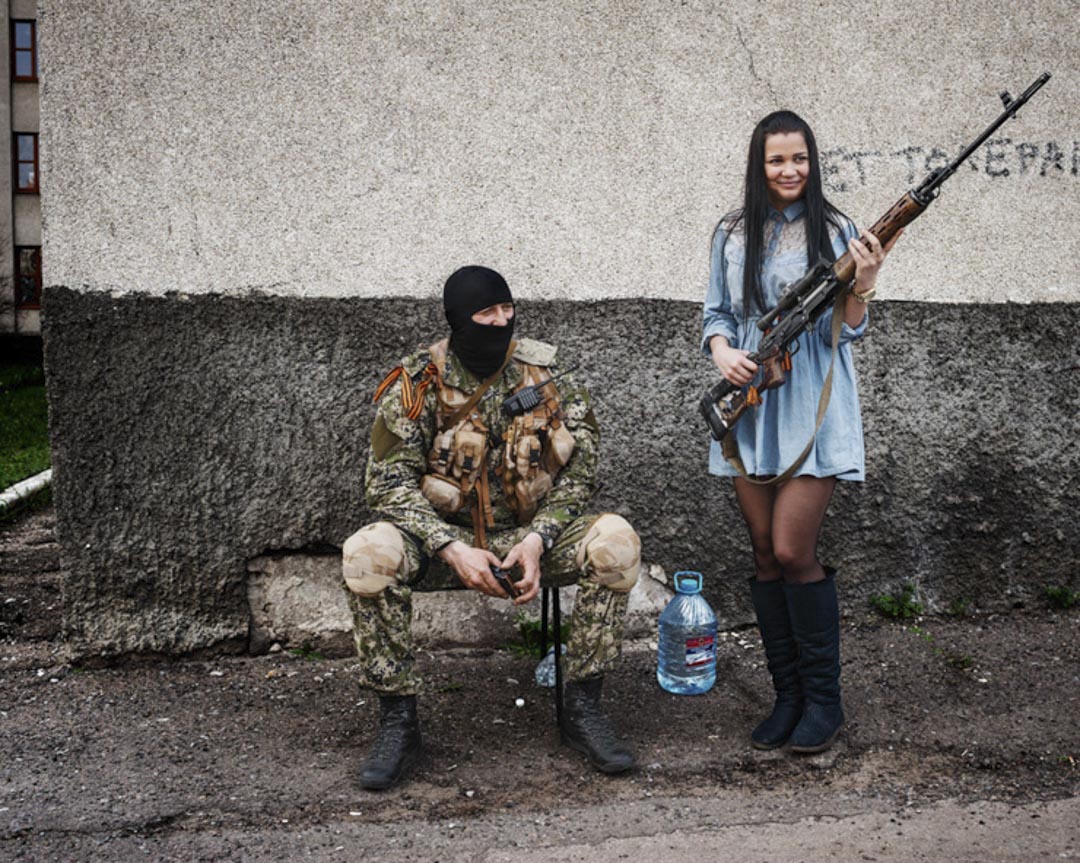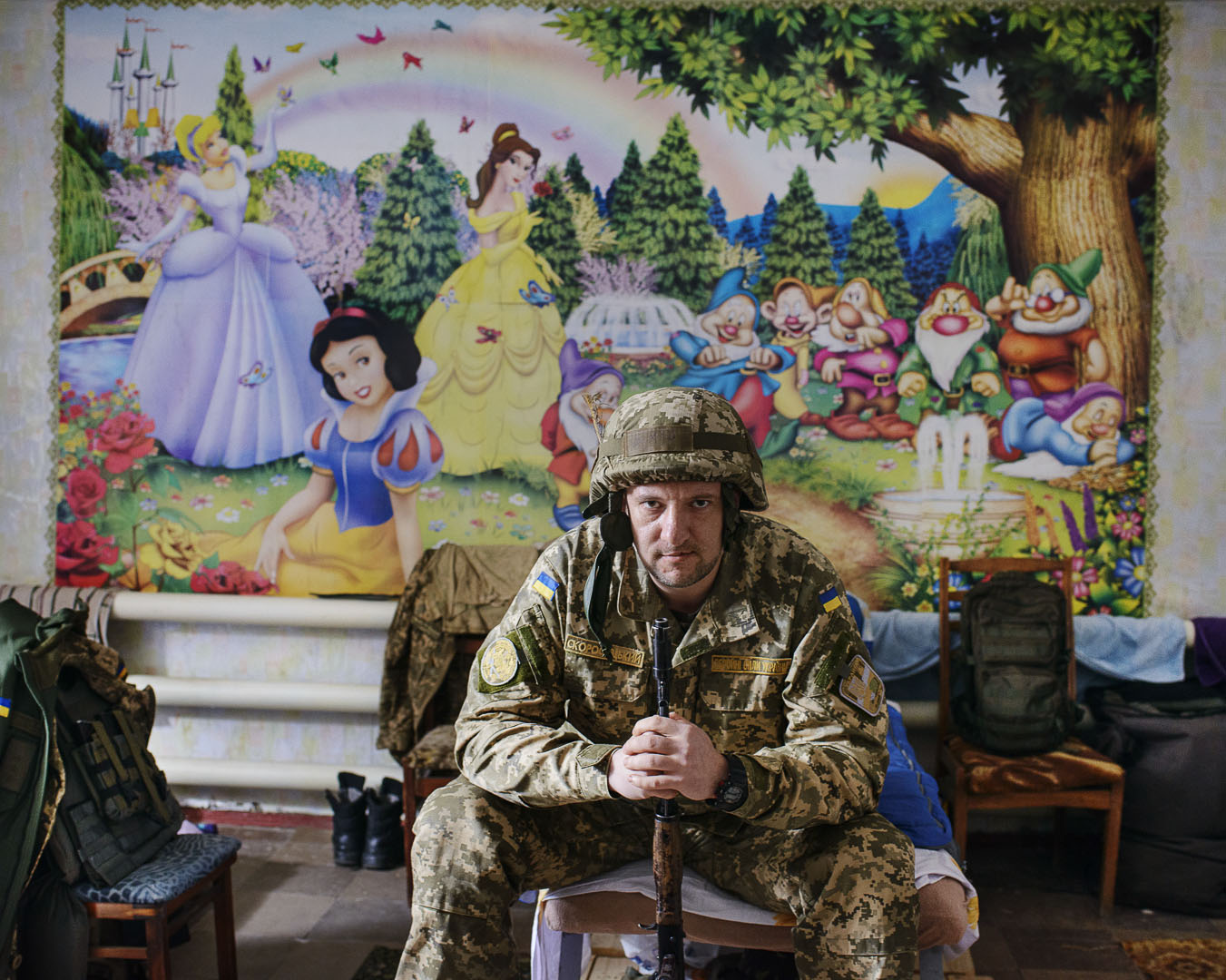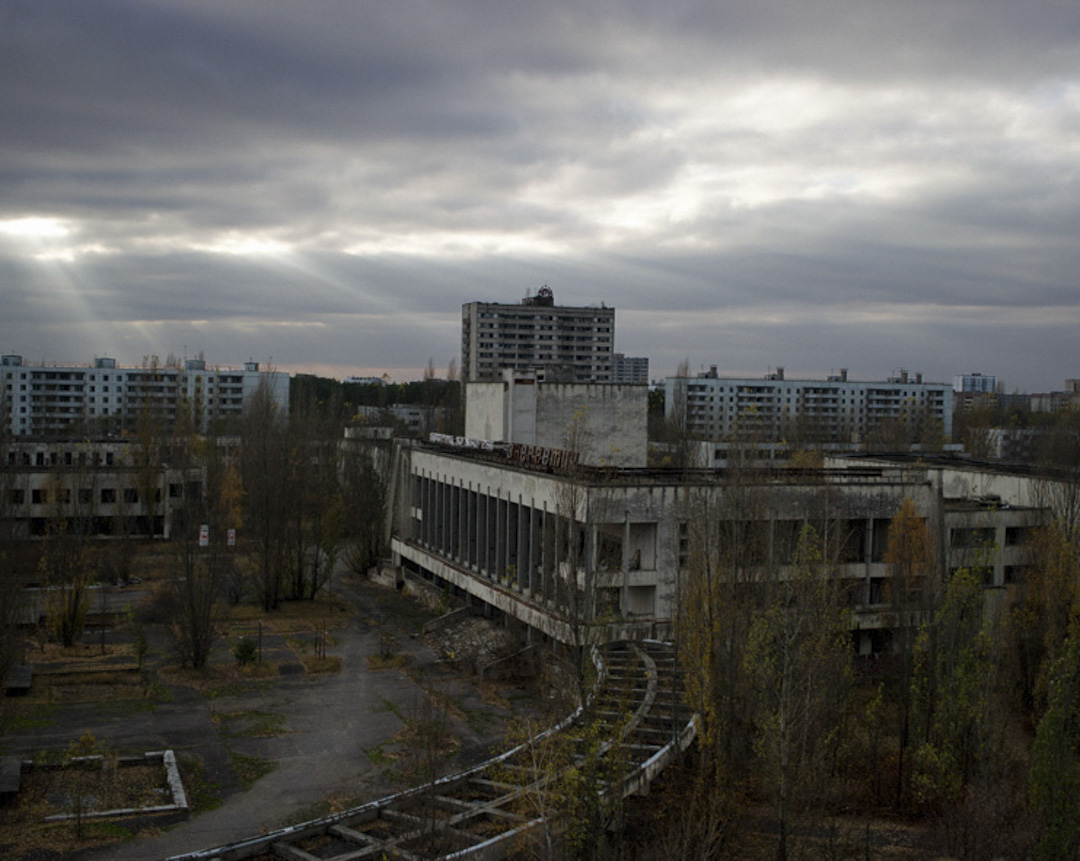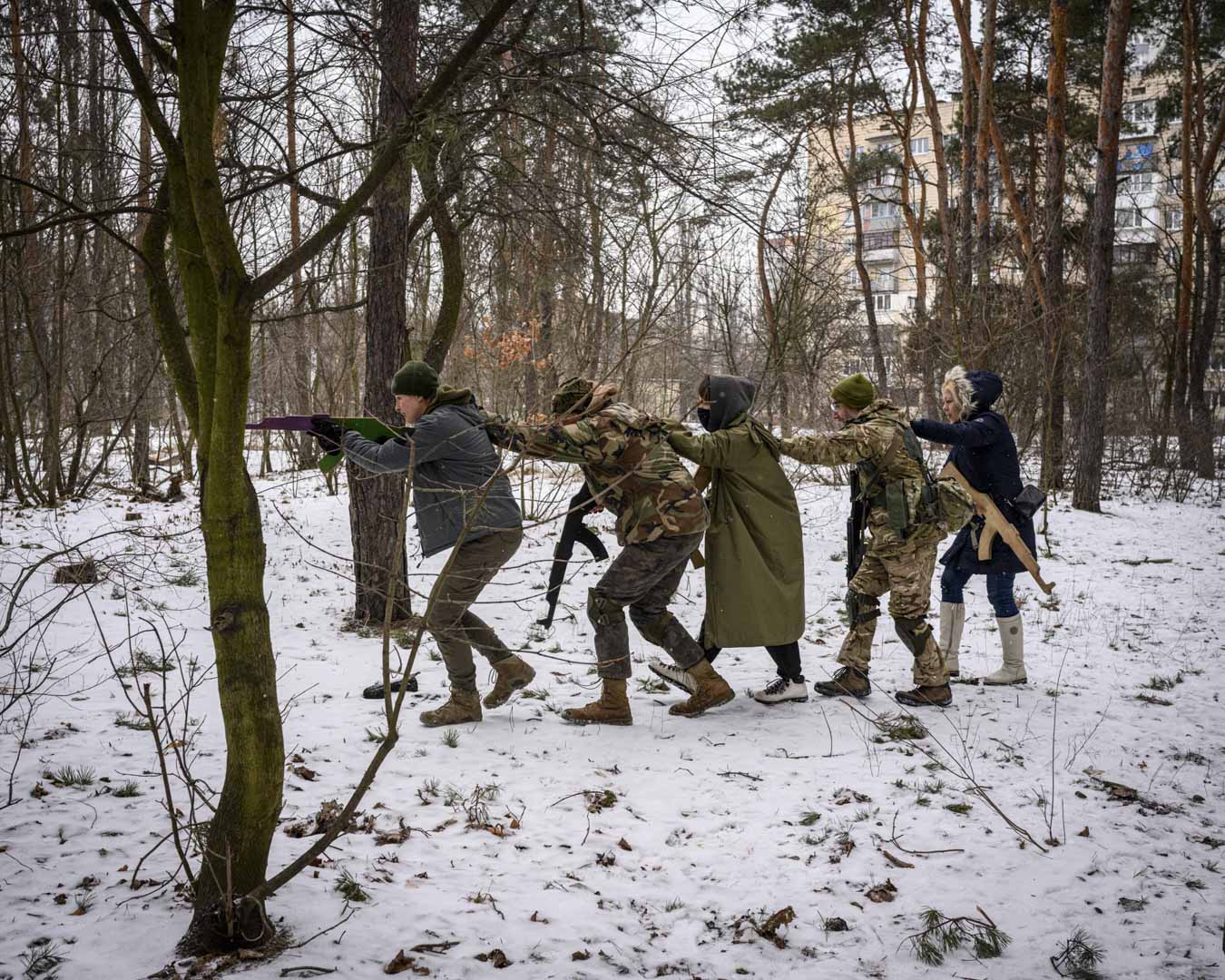Guillaume Herbaut — Ukraine, Terre Désirée
Exhibition from 27 March to 27 May 2023
Opening on 28th March at 7.30pm
Bibliothèque Universitaire le Havre Normandie
25 rue Philippe Lebon, 76600 Le Havre
Guided tours of the exhibition every Tuesday at 12.15 pm
Meeting – Wednesday 29 March at 6pm
For its exhibition Ukraine, Terre Désirée, the University Library invites Guillaume Herbaut to discuss with Ioulia Shukan, senior lecturer in Slavic studies at the University of Paris Nanterre, researcher attached to the Institute of Social Sciences of Politics (ISP/CNRS) and associate to the Centre for the Study of the Russian, Caucasian and Central European Worlds (CERCEC-EHESS/CNRS), specialist of the Ukraine
The event will be moderated by Haydée Sabéran, independent journalist.
Guillaume Herbaut is exhibiting a selection of his images taken in Ukraine between 2001 and 2022. This retrospective of photographs offers a vision, a narrative on Ukraine, the result of a documentary work inscribed in the long term. From Tchernobyl to the recent war against Russia, Guillaume Herbaut chooses to show us a country which has been fighting for its independence over the years, whose recent history is strewn with battles for freedom, often passed over in silence and yet at the gates of Europe. The Dombass war, Crimea and community tensions, the Maïdan revolution… so many founding crises that mark out the fascinating and heartbreaking evolution of a country that Guillaume Herbaut shows us through portraits, places, objects as many symbols taken on the spot.
“From Chernobyl to war. Ukraine is a marker in my photographic journey. Through this country, I went from classic black and white photojournalism to documentary photography that relates the invisible drama of a nuclear disaster. In 2001, from the very first moment I felt connected to this territory. The colours reminded me of my childhood. The people accepted me into their daily lives. I discovered the contaminated forbidden zone. A parallel world, a different relationship to reality, a questioning of how to photograph the traces of history.
Since then, I have returned to the country every year. 2004, the Orange Revolution and the Donbass. Then, the return of the Cossacks, symbol of a Ukrainian identity. 2008, Crimea and its inter-community tensions. A series of reports, like a puzzle that prepared me to follow the Maïdan revolution and the war in 2014.”– Guillaume Herbaut
“L’histoire de ce pays m’a permis d’explorer différentes narrations, de casser des repères pour finalement me remettre dans l’actualité et réfléchir sur le photojournalisme aujourd’hui. À l’image de la contamination en tâches de léopard de Tchernobyl, l’Ukraine était partagée, avant l’invasion russe, en différentes zones : des zones contaminées, des zones de guerres mais aussi, à l’époque, des zones de paix, comme un miroir du futur de nos sociétés.
D’une guerre oubliée aux images d’un conflit déstabilisant le monde et s’affichant en Une de tous les journaux, on découvre un peuple se levant et se battant pour sa liberté. Une raison qui me pousse à continuer.” – Guillaume Herbaut
“The history of this country has allowed me to explore different narratives, to break reference points and finally to put myself back in the news and reflect on photojournalism today. Like the leopard-spotted contamination of Tchernobyl, Ukraine was divided into different zones before the Russian invasion: contaminated zones, war zones but also, at the time, peace zones, like a mirror of the future of our societies.
From a forgotten war to the images of a conflict destabilising the world and appearing on the front pages of all the newspapers, we discover a people rising up and fighting for their freedom. A reason that pushes me to continue.” – Guillaume Herbaut
